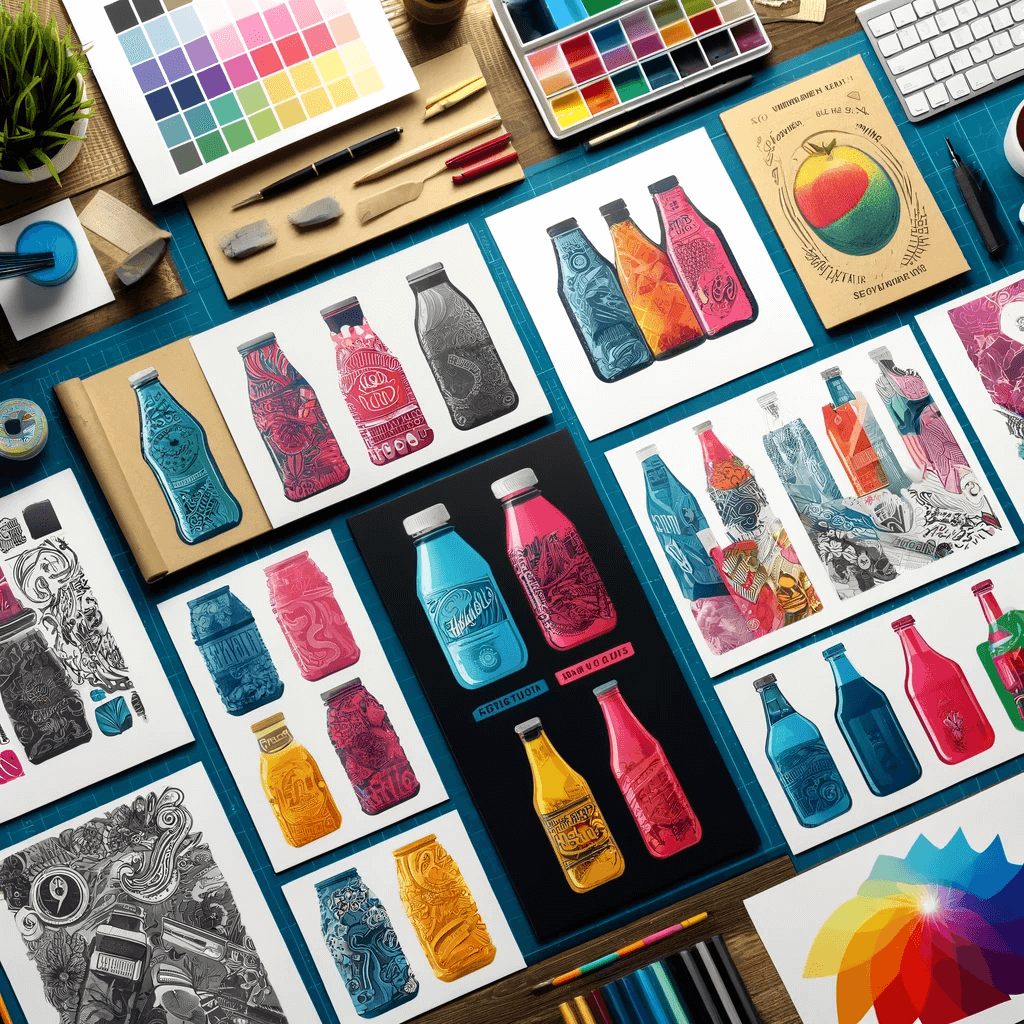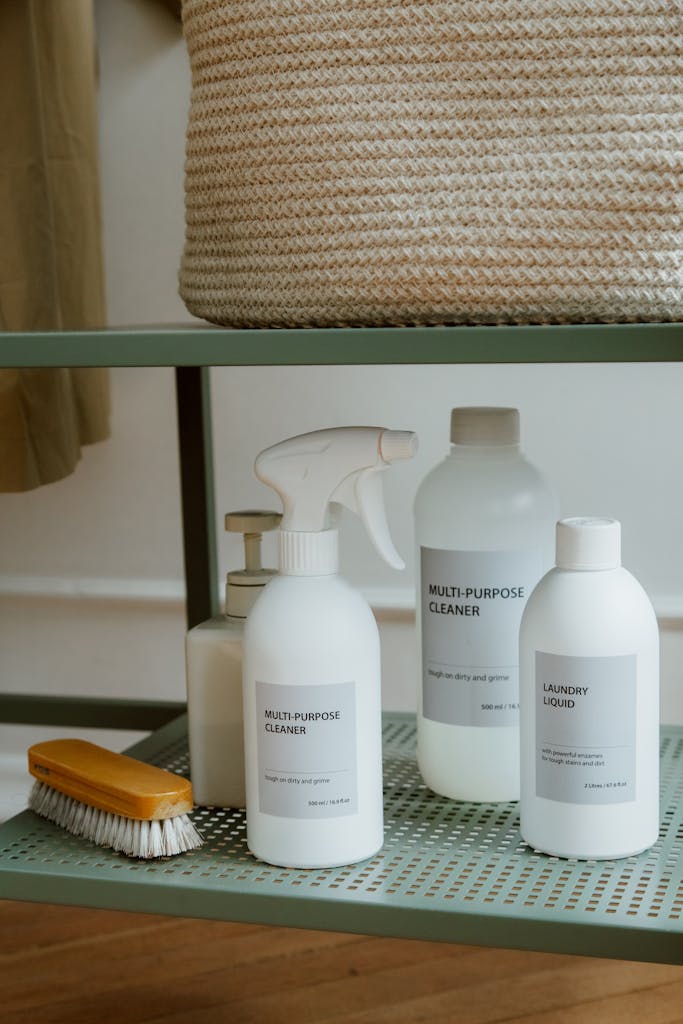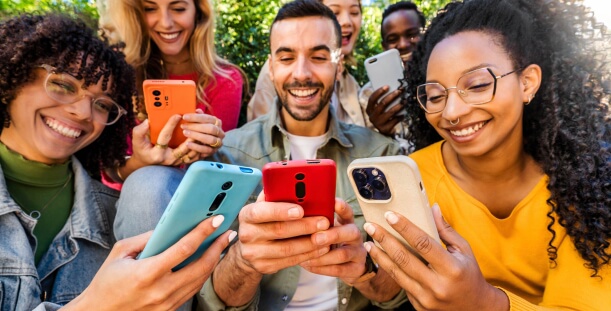
custom online communities and panels:
a comprehensive guide
Emily Prozeller
Vice President, Communities & Panels
Erin Barber
President + Chief Client Officer, C+R Team
Patricia (Patti) Fernandez
Vice President, Communities & Panels
Custom Communities for Today’s Insight Needs
Since the inception of online communities and panels years ago, this research methodology has evolved over time to meet the needs of brands. But, how do you choose from among the array of offerings and approaches for online research communities?
Communities and panels are ideal because they allow you to pivot research topics, depending on your burning issues/questions at hand. In fact, our community and panel members are still engaging and want to engage.
Learn from Erin Barber, Patti Fernandez, and Emily Prozeller about what you should consider when thinking about a Community, Panel or CommuniPanel to meet your research objectives.

The Evolution of Online Communities and Panels
Technology has rapidly changed how the world conducts market research. Twenty years ago, market researchers were just learning how to conduct surveys online. And, just a decade later, we were jumping into mobile surveys, online qualitative, and longer-term communities and panels began to make a strong entrance as a tool that could include both quantitative and qualitative methodologies.
Most of this progress happened organically across the industry, and C+R Research was an early adopter across all of these. In fact, we consider ourselves pioneers of online communities and panels and developed one of our fastest-growing divisions because one of our largest clients came to us wanting to create a panel.
Early online communities and panels were used in one of two ways: to conduct regular surveys or for online qualitative research. Most online communities and panels didn’t have the ability to do both. Those that did provide tools for both were pretty limited as capabilities were restricted by the platforms’ survey functionality and the online qualitative tools available, which in most cases were more open forum or simple bulletin board format.
Today, online communities and panels are an integral part of market research that continue to evolve, and this evolution shows no signs of slowing. The new decade is already promising advancements in Artificial Intelligence (AI) and automation that could once again change how we conduct online market research.
So how do you best employ online communities and panels amidst all of this rapid technological change? Through customization.
Creating Custom
Communities – No Two Are Alike
While online communities are often considered one method, they’re actually a combination of many (if not all) methods. Thus, building a successful online community requires careful thought and attention. C+R offers three types of online communities which help provide the foundation for the custom solutions we provide:
Community
These are high touch, interactive, and always “on,” built on a community platform. We can include a mix of quantitative surveys and in-depth, online qualitative discussions and myriad activities, like:
- mobile missions
- live chats
- video journals
- screen recording
- digital metering
- and webcam interviews
We also have the ability to conduct in-person qualitative research (focus groups, ethnographies, shopalongs, and more). Communities work well when you want to immerse with your target and want immediate access to the community members 24/7. Typically, we see communities with 50 to 5,000 participants. More than that, and we might recommend a panel add-on (see below), as it can be difficult to find more than 5,000 people who will make the platform cost worth it. Additionally, not everyone you recruit for quantitative surveys is going to want to participate in open forum conversations with other people on an ongoing basis. So, you may be paying for a larger community of people who only come in to take surveys and nothing else.
Panel
Panels contain pre-profiled participants. This is not an always-on platform or participants like a community; rather it’s a ready-access, profiled database of participants. Panels are a great option when there will be heavier quantitative research, for certain types of B2B groups, or when the budget necessitates lower costs. Panels have all of the same capabilities but does add a little bit of extra time compared to the always-on community.
Hybrid Communi-Panel
These are the best of both worlds. Hybrid communi-panels are used when you have a balance of qualitative and quantitative needs and want to immerse and interact with your target. The community side includes participants who we engage with on a consistent and ongoing basis – really get to know them, follow their lives, and conduct more in-depth activities. As such, the community is separate from the panel and includes consumers who “pass” specialized qualitative recruitment criteria. The panel side is then reserved for answering quick 2-to-5-minute surveys throughout the life of the communi-panel.

get our emails on all
things online communities
(and market research)
designing your custom
Online Research Community
No matter which kind of community or panel you choose, there are several important considerations when designing your online community. These are questions we ask to ensure a perfectly tailored community, panel or communi-panel to suit your needs.
#1
Have you done community research before?
If you are just starting out, an online community can seem like a big commitment. However, you can start with a six-month trial to ensure the methodology fits your research objectives. We recommend at least six months so you have time to get comfortable with the format and internalize the findings.
#2
What is the overall intent of the community or panel?
Consider what goals you hope to achieve via the online community or panel:
- Quick-turn needs, ready-access, scrappy (but quality, of course)
- Immerse with your consumer
- Understand behaviors over time
- Something else?
- All of the above
#3
What level of service do you need?
There are three main levels of service:
- Full-service
- More DIY
- Assisted DIY
At C+R, we conduct mostly full-service communities and panels, though we also run assisted DIY for some clients. This generally means we handle set-up, maintenance, health, engagement, and sampling.
#4
Will this replace or supplement other research?
If it’s replacing research, what will it replace? How will you ensure that the community has the sample you need?
It’s also very important to consider (as best you can) your future research needs for the community or panel. Often, we see situations where we can’t replicate a previous study because we won’t have the same sample make-up. Or, we can’t do a specific type of study because we don’t have a large or diverse enough sample. So how you will use your community/panel helps us identify the best size, incentive structure, engagement plans, and more
#5
What methods do you envision?
Online communities and panels can accommodate quantitative, online qualitative, and even in-person qualitative methods. Within these three broad research areas, you can blend many specific methods and tools, including:
- Surveys
- Discussions (online, webcam, and/or in-person)
- Video and/or image mark-ups
- Heat maps
- Shopping missions
- Concept tests
- In-person shop-alongs
- Digital and in-home immersive ethnographies
- Video journals with live video chats
- Virtual shelf set exercises with video mark-up
- Collage/imagery activities
- Passive digital metering
- Geo-location
- Unobtrusive observation wearables
- System One tools to enhance survey or qualitative
activity, such as eye tracking, facial coding, implicit
reaction tests, metaphor elicitation, etc.
Blending Multiple Methods
Blending methods and tools is an excellent way not only to keep things interesting for participants, but also to get more out of your research, such as bringing your data to life, providing context, and delving more deeply into participants’ emotions toward your brand. However, blending methods may also require the use of special tools, which will add to the cost of the project – and sometimes the timeline.
Despite these challenges, we have clients who successfully run communities using multiple methods.

One is a beverage manufacturer who uses their community for quick-turn needs. The community has over 5,000 members and does over 70 projects a year, including surveys, online discussions, and in-person focus groups.
When you’re doing that much research across all three methods, you need a larger base size, as you must be cautious not to overuse the sample or bombard panel members with requests. A larger sample size ensures there are enough people to call upon for each initiative.
Another community that uses multiple methods, including special tools, is a communi-panel for a CPG client whose research questions needed respondents to think differently and more emotionally.
To evoke the answers our client needed, we employed behavioral science tools in addition to surveys, online discussion, and mobile shopping missions. Since we built behavioral science tools into the communi-panel at its creation, we included the necessary requirements/expectations for participants during the recruit.

As the case studies above imply, the recruitment process is very important and the methods you choose will have a big impact on how/who you recruit. For example, the person who agrees to participate in these surveys is not the same person who will agree to an online qual discussion, shopping mission, or video journal. And sometimes, even if they do agree, they may not be the best at conveying their thoughts and feelings and going deeper. Likewise, the person who agrees to digital qualitative discussions is not always willing to participate in in-person, face-to-face discussions.
As you can see, it’s important to understand that you can’t use an all-in-one recruitment tool. It’s a tiered approach, and very careful attention must be taken during this step in the process.
#6
Will the community be branded or unbranded?
Another consideration is whether your online community or panel will be branded or unbranded – in other words, will participants know your company is behind the research, or will it be blinded? There are pros and cons to both options.
Branded
Pros
- Better response rate
- Lower incentive costs – more intrinsic rewards
- Caution with non-customers
- Relationship builder
Cons
- Introduces additional bias
- If not customers, doesn’t always build relationship
Unbranded
Pros
- Less bias – at least initially
- Can still have a low cost incentive program if engagement is solid
- Relationship builder if brand name is revealed
Cons
- Lower response rates
- Higher incentive costs – but can still be lower
#7
who is your target audience?
Online communities and panels work for any type of respondent, though special considerations are required for segments like most B2B and specific demographic targets.
b2b
B2B panels can be branded or unbranded and can include customers and/or prospects, though recruitment can be tricky. With B2B respondents being a highly valued sample, most traditional online sample vendors don’t let others
empanel their members.
B2B panels require a good understanding of the target audience to create a tailored engagement plan. How you engage with physicians is different than how you might interact with small business owners. We’ve had panels for both of these audiences (and others), and incentives, types of activities, and simply how you communicate with them— and how often—can have a huge impact in levels and depth of engagement.
Some B2B audiences, unfortunately, are not suited for an ongoing community/panel. However, that doesn’t mean you can’t try to have a more efficient/cost-effective way to recruit them for your projects. If you have a difficult target, we’d be happy to discuss some unique, custom options we
have.
Specific demographics targets
C+R has had online communities with many different demographic targets, including:
- Millennials
- Teens
- Older adults
- Moms
- Multicultural – or one specific culture such as African
Americans, Hispanic (English and Spanish-speaking)
As you can imagine, each of these audiences will require custom engagement plans, incentives, activity designs, and more. We have communities that include only these audiences and others with a mix across audiences, and it truly is about knowing who you are talking to and making sure you are catering to their needs within the online environment.
#8
How will you recruit?
Using a list of your customers sometimes seems like the best way to recruit. And in many cases, it is, especially when we’re looking at a lower incidence sample group.

However, depending on what your needs are and, ultimately, the size of the panel or community, you will need to make sure there are enough customer records to use. Typically, the participation from lists is very low. Remember, they may not have signed up to participate in surveys, nor will they want to. Often with B2B samples and loyal customers, our clients “warm” participants by letting them know about the research and getting their buy-in early on, which can be extremely helpful in encouraging these segments to participate.
When lists are not a viable option, we work with one of our trusted recruiters to fill panels and communities with people from databases. These participants are carefully screened to ensure they match our clients’ unique specifications.
#9
How many touchpoints per month do you anticipate?
Having a large member base over a six-month (or longer) time period requires a number of special engagement programs. Engagement programs are the extras C+R
Typically, if you don’t expect enough content to engage with members at least two times per month, you may want to consider a different research methodology. In larger communities, you may not need to hear from every participant each time; in these cases we recommend having at least one paid project (participants receive an incentive) per month per participant.
How often you plan to engage with your participants helps to determine the size of your panel or community. For example, one of our communities does two projects per month on average. Most of these projects are qualitative. This doesn’t require a very large sample size—just 60 members in this instance. This is a branded community of very engaged, loyal brand consumers, so engagement is high. Incentives can be creative and include events or shipments of the client’s product.
At the other end of the spectrum, we have a panel of 15,000 that does over 80 projects a year, much of it quantitative. They have multiple segments of consumers that need to be targeted for different initiatives, and more standard monetary incentives are given for participation.
#10
How do you keep your participants engaged and feeling valued?
Having a large member base over a six-month (or longer) time period requires a number of special engagement programs. Engagement programs are the extras C+R does to ensure we maintain a good participation rate in our projects – we want to keep members engaged and feeling valued so they will continue to share their opinions throughout the life of the community.

Engagement programs that we have found work well include:
- Incentives
- “Share backs” – where we share stories of the successes
participants have helped with - Meet the Team threads
- “Member of the Month” spotlights
- Entering community participants into sweepstakes
to win varying levels of rewards (including client
merchandise, when possible/appropriate) - Simply letting them know how thankful we are
For branded communities, all of these engagement programs are extremely important, as participation is another touchpoint in the consumer’s experience.
#11
Who will be the point(s) of contact from your team?
Typically, having one point of contact is ideal. However, we realize that isn’t always possible. Running a community internally is quite challenging, as you will have requests coming from everywhere. In many cases, it’s a full-time job!
It’s best if you set up a system in advance for your team to submit project requests. Our communities and panels use two main systems. One is where team members submit proposals to a point-person who then decides which project moves forward. The other is where team members enter project requests without approval, and the point-person meets with us (usually weekly) to help prioritize projects in the event of conflicts. We find that conflicts rarely happen though. If you’ve sized the panel right and kept it healthy, even though you may have a slightly heavier week, you should be okay.
Conclusion
As you can see, there are many important considerations when building online communities and panels. How can anyone have a one-size-fits-all option?
But remember, no matter how much they may evolve, online communities are not about technology, they’re about research. Though it may seem overwhelming, C+R’s experts are here to walk you through the process of designing the custom community, panel, or communi-panel that will best answer your most important business questions.
Emily Prozeller
Vice President, Communities & Panels
Erin Barber
President + Chief Client Officer, C+R Team
Patricia (Patti) Fernandez
Vice President, Communities & Panels


